Photos: 2,300-Year-Old Fortress Discovered Along the Red Sea
Defense wall
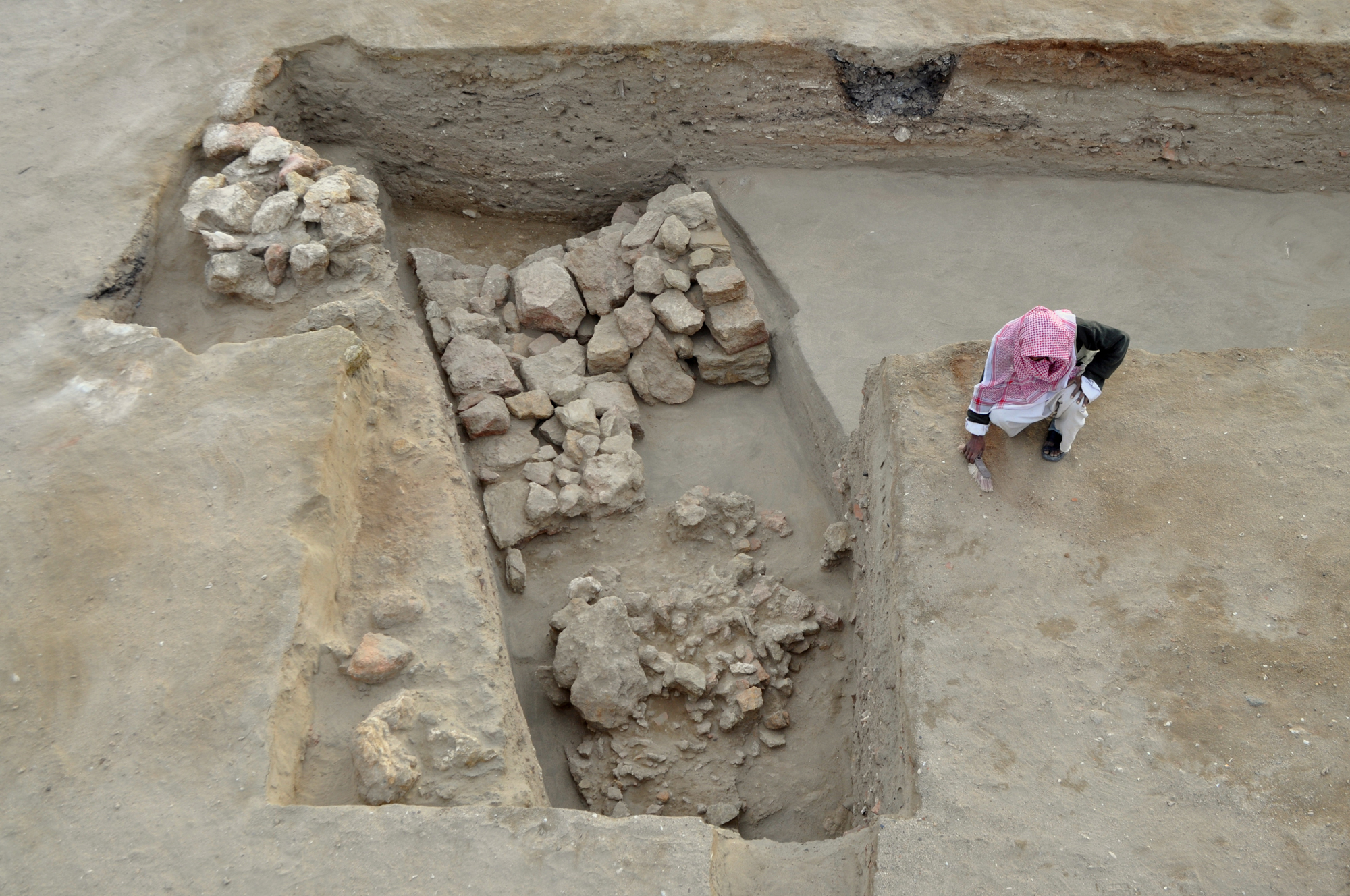
A 2,300-year-old fortress, and associated structures, which protected an ancient port called Berenike, have been discovered in Egypt by the Red Sea. This photo shows a fragment of the northern defense wall of Berenike uncovered in the 2013 season. View from the west. [Read more about the Red Sea fortress]
War elephants
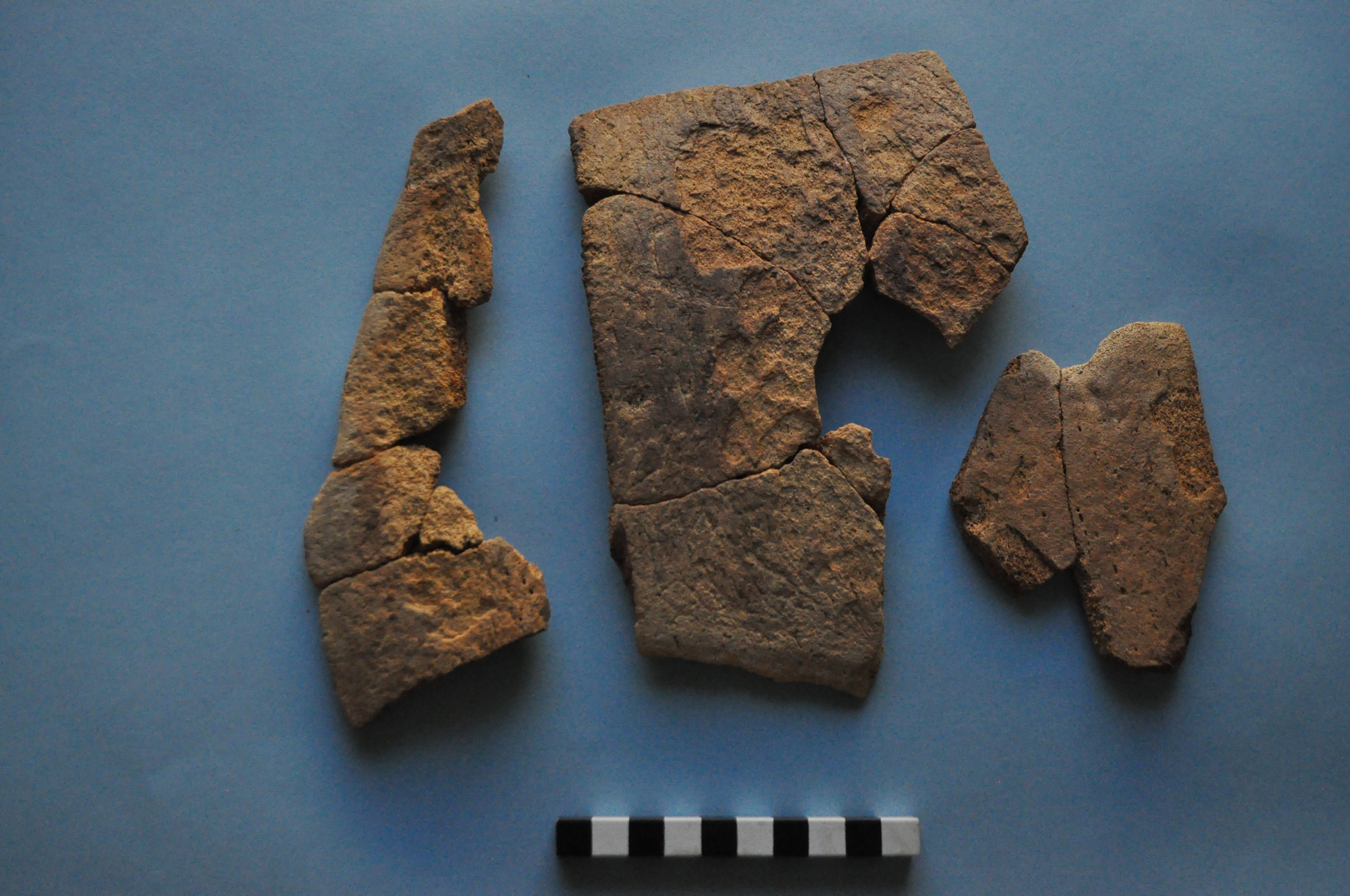
Fragments of the skull of a young elephant found by bioarchaeologist Marta Osypińska in an ancient trash dump located on the south side of the northern defensive wall. Berenike was part of a chain of ports on the Red Sea that was used to import elephants to Egypt.
Ancient gatehouse
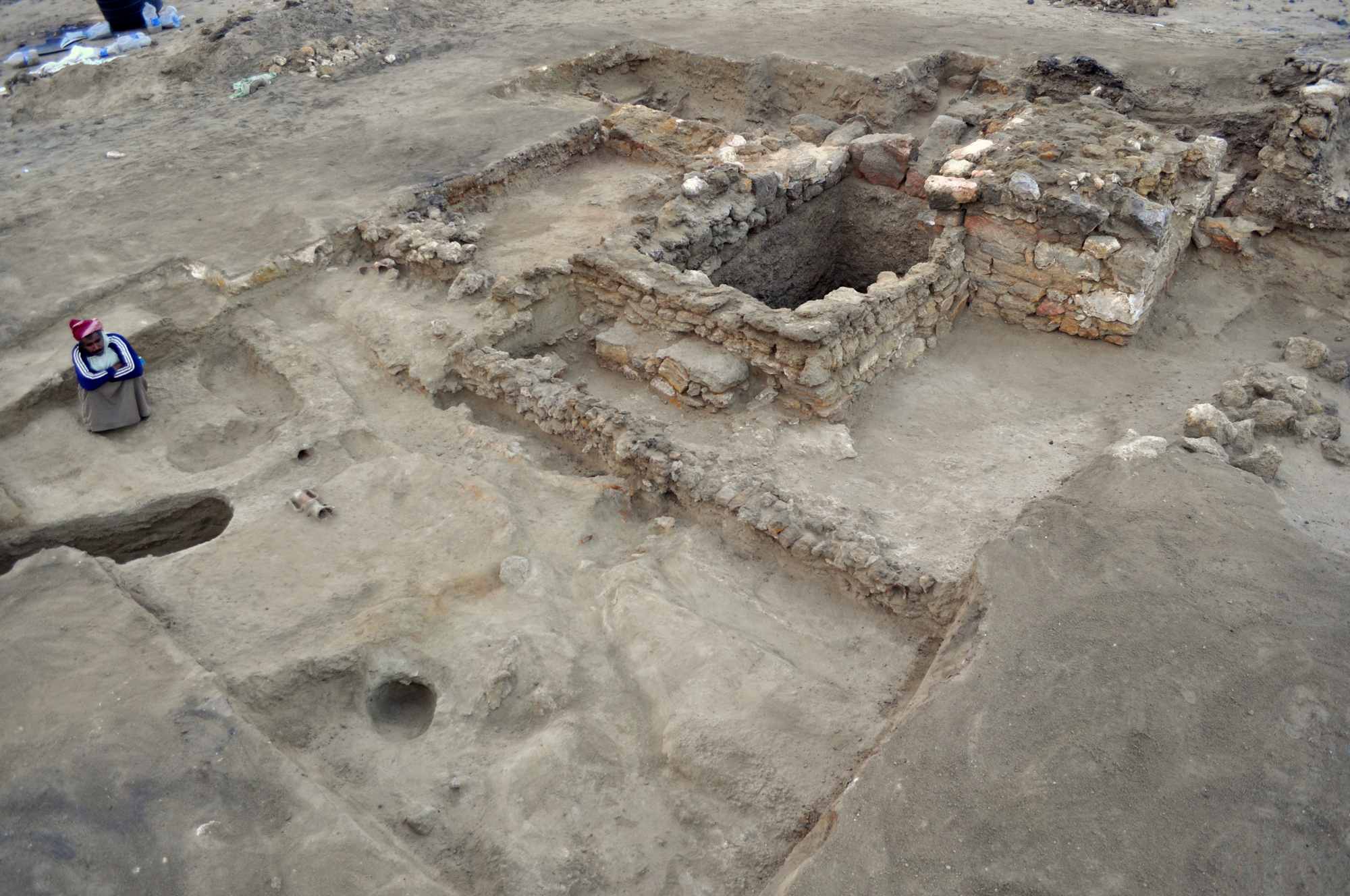
The gatehouse, shown here, has a system used for the collection and distribution of groundwater and rainwater. A well can be seen in this photo. Additionally, in the foreground, a gutter for the drainage of rainwater and the remains of a system of shallow pools for collecting rainwater can also be seen. View from the northeast.
Well water
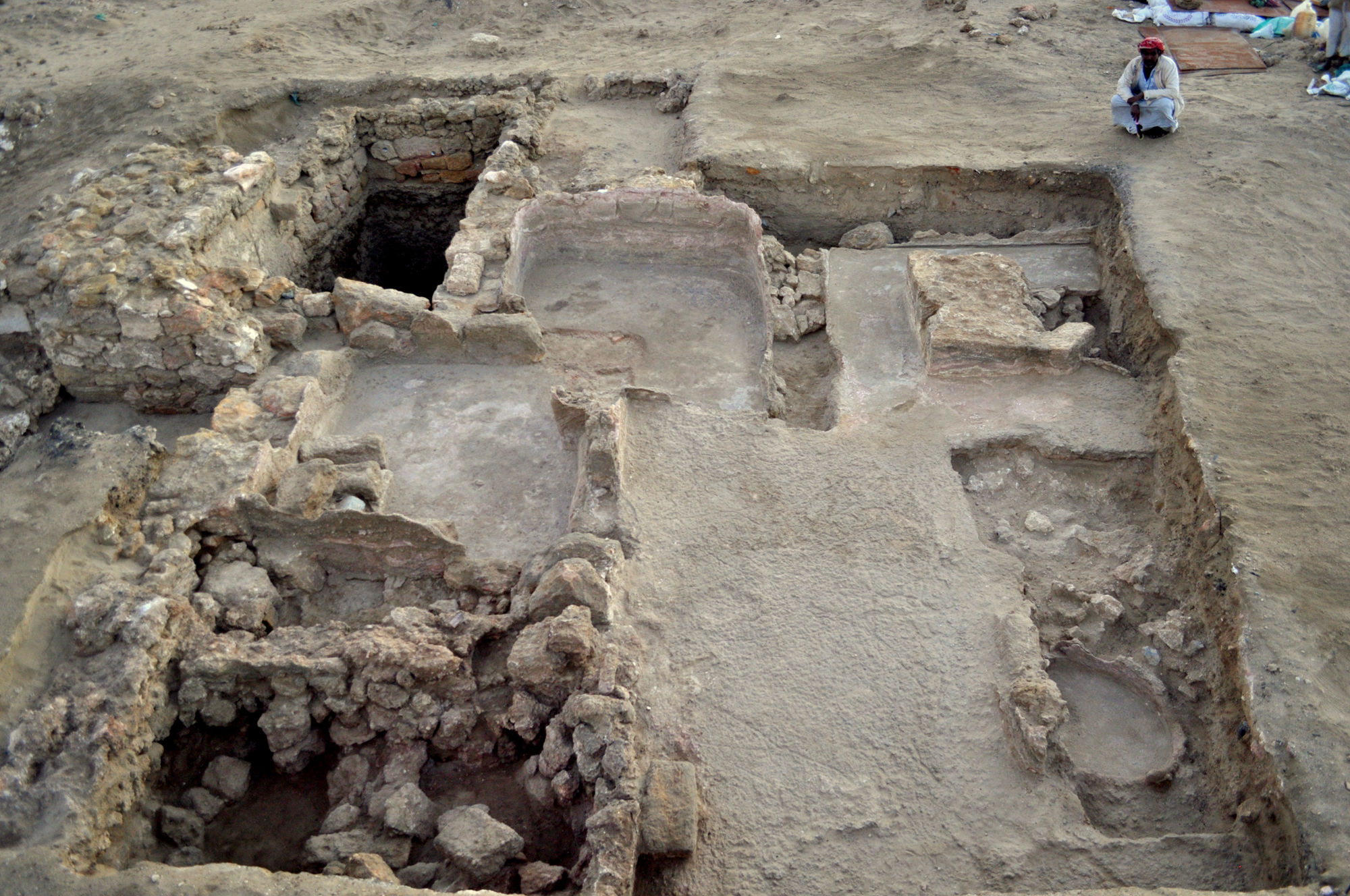
The archaeologists also found the remains of a large room adjacent to a locked gate. This room was equipped with a hydraulic floor and had a set of pools containing water extracted from a well. View from the west.
Shafts and tunnels
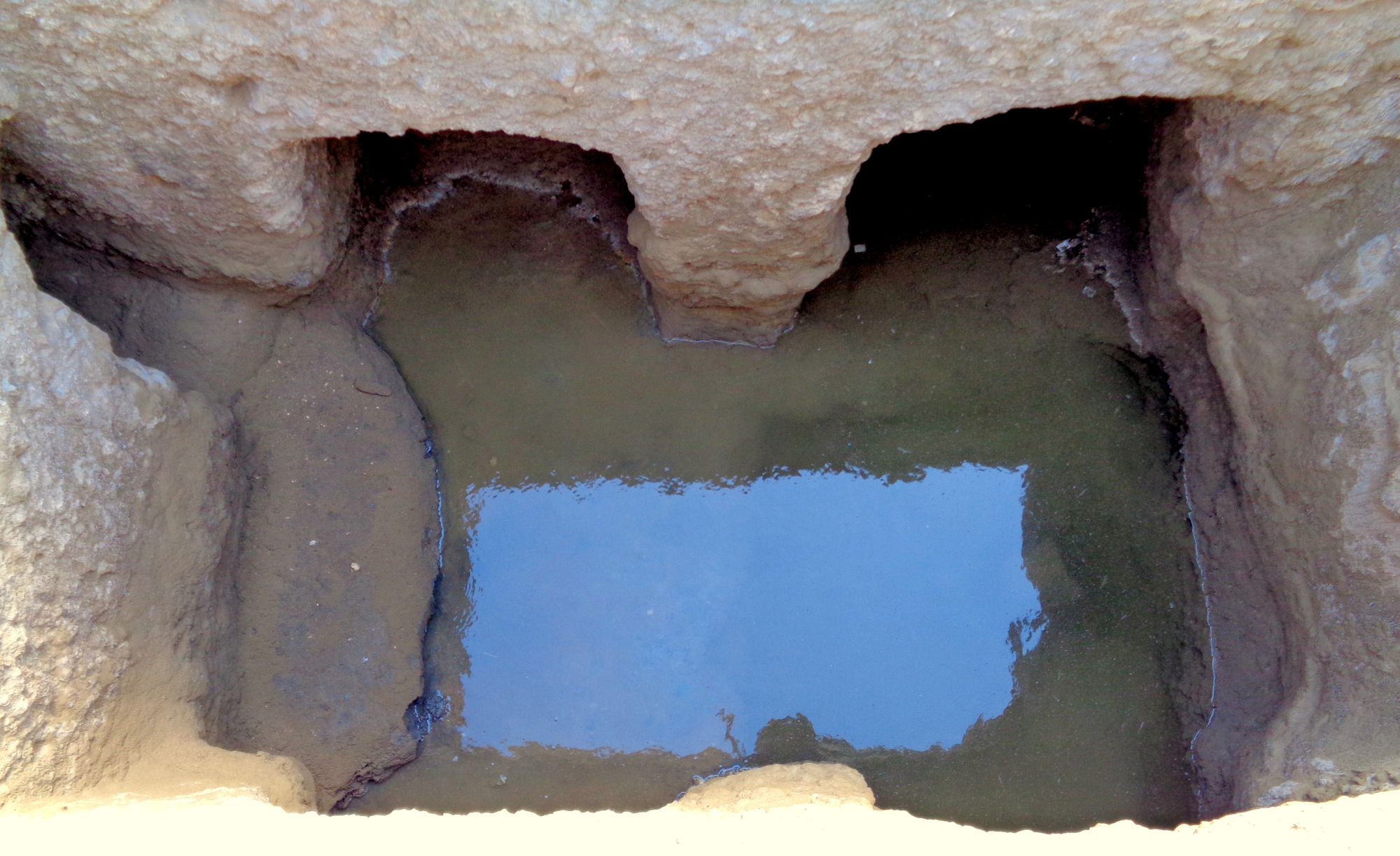
A view showing more of the water collection and storage system in the gatehouse. The remains of a narrow well shaft can be seen in the water. Entrances to four wide niches that increase the capacity of the chamber can also be seen. In the upper left corner, there is an entrance to a narrow, underground, tunnel. View from the north.
Rock-cut tunnel
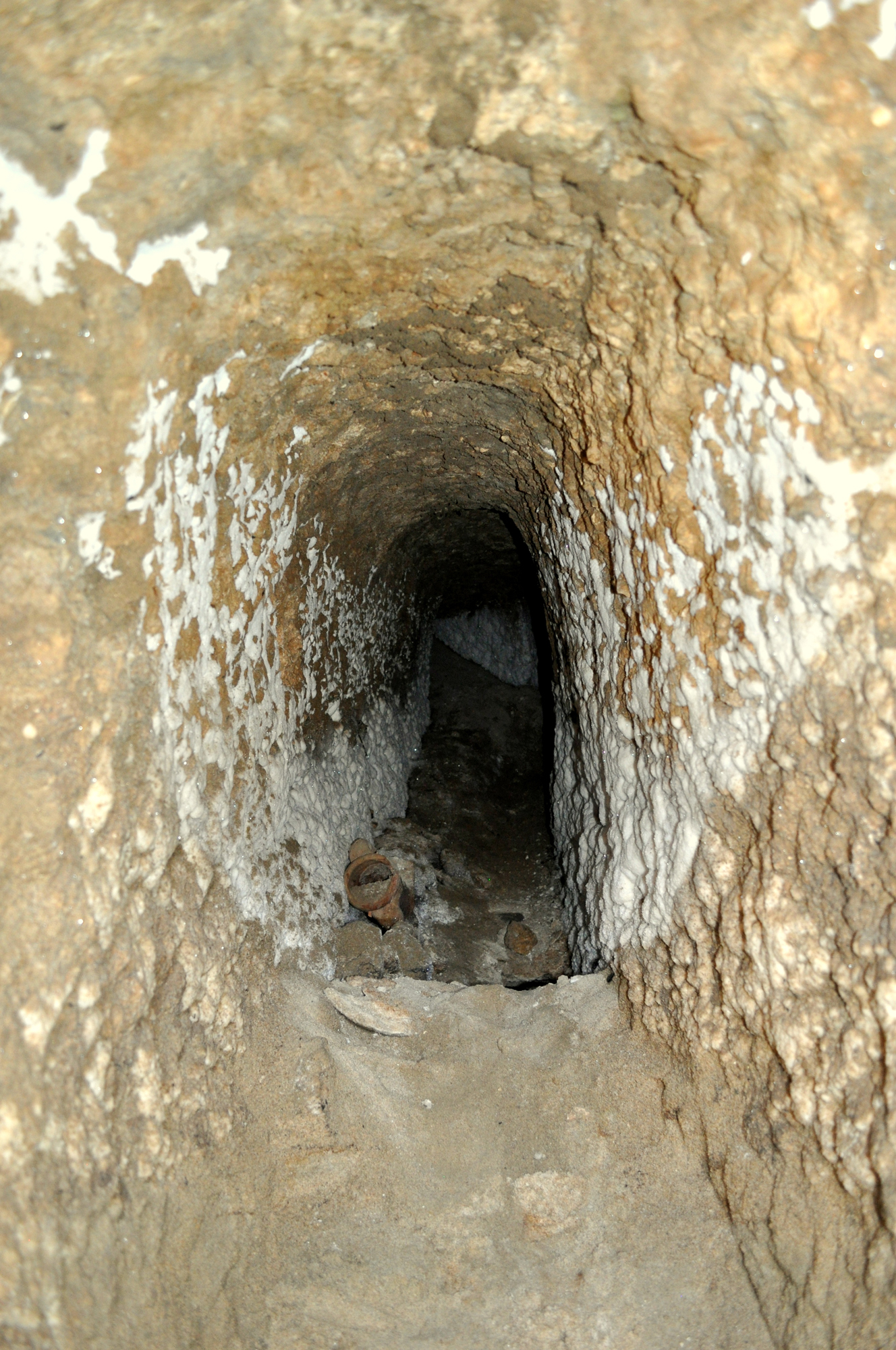
A view of the interior of a narrow, rock-cut tunnel, which connects to a water collection and storage system within the gatehouse. View from the east, from a gate chamber.
Amphoras
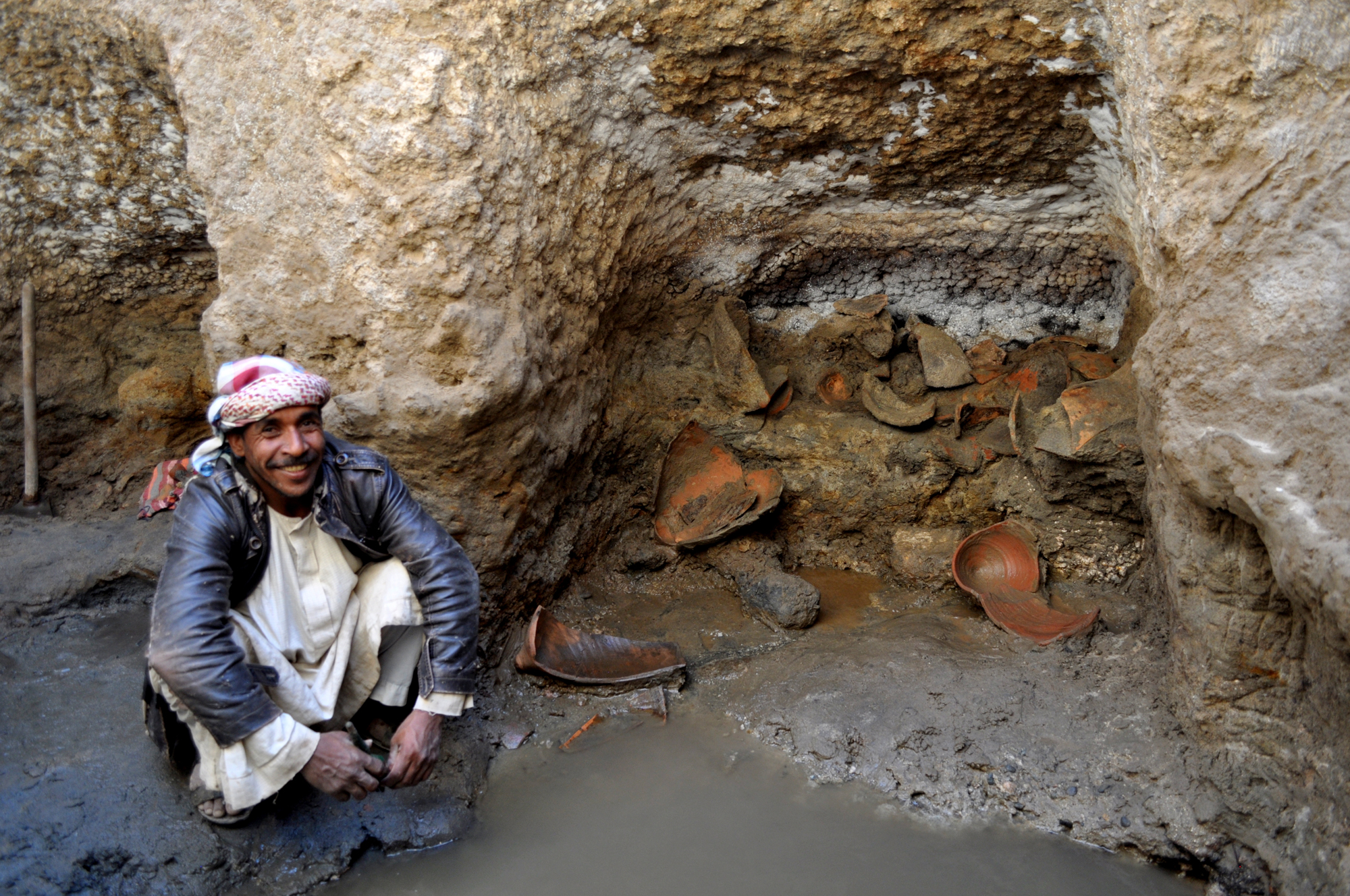
Inside one of the niches, the researchers discovered the remains of amphoras that were used for extracting water from a well in the gatehouse. Beside them is Muhammad Saad, who assisted the archaeological team. He is from the Ababda tribe. View from the north.
Sign up for the Live Science daily newsletter now
Get the world’s most fascinating discoveries delivered straight to your inbox.
Stone counterweight
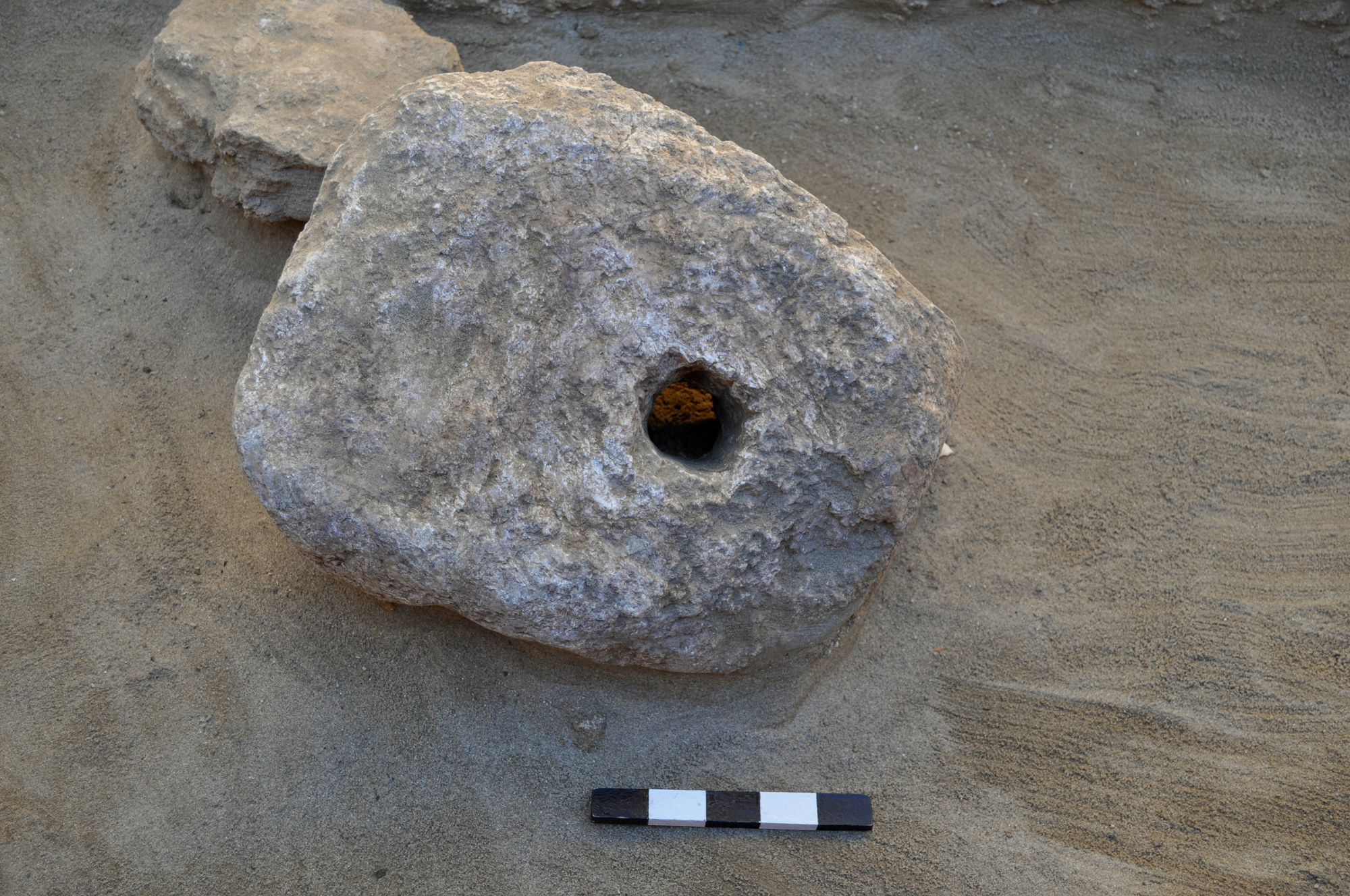
Ancient people would have used this stone counterweight — which was found in the gatehouse — to collect water from a well while using an amphora. View from the west.
Wooden peg
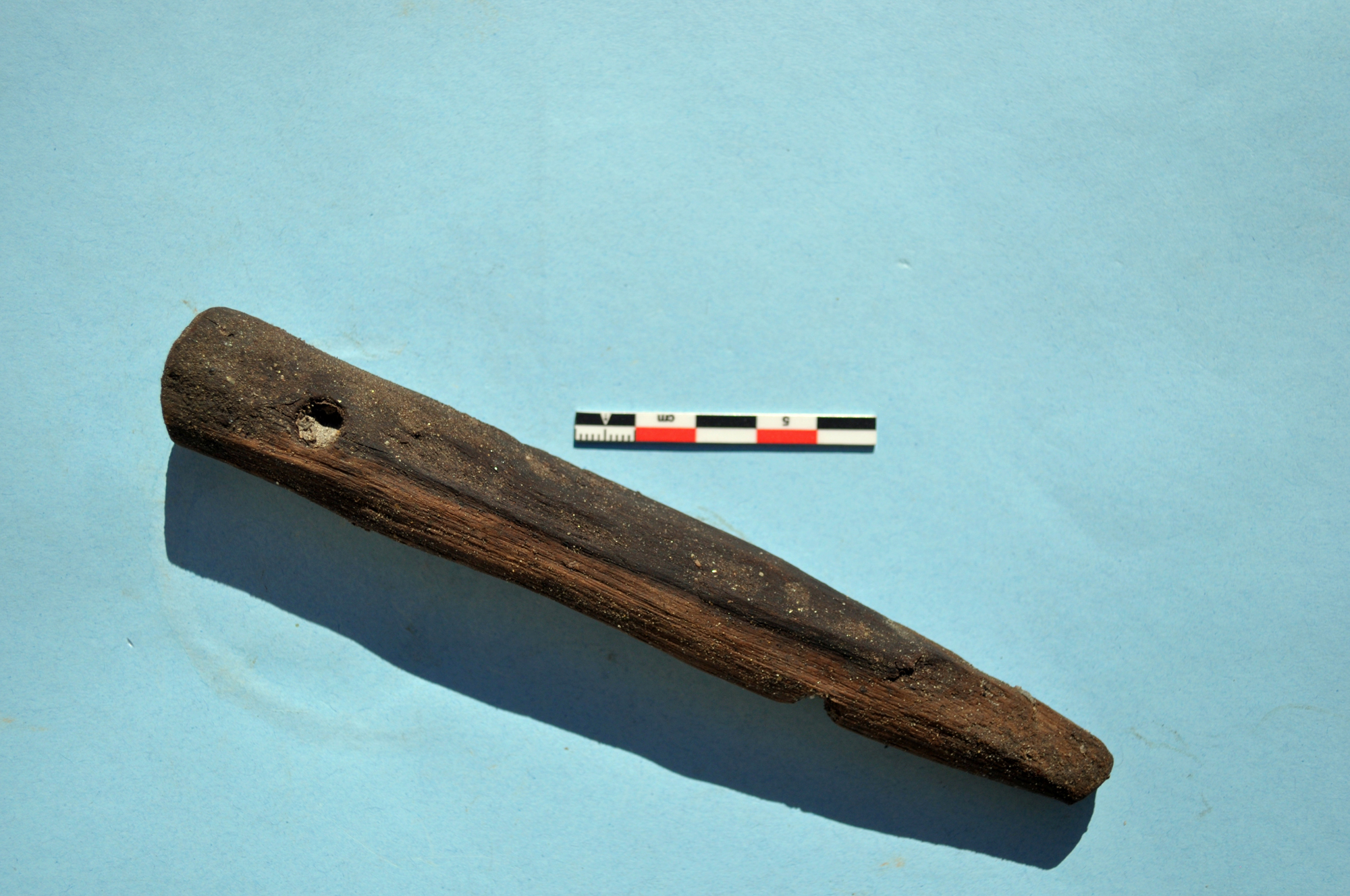
Here, a wooden peg that was probably used to close a leather water-bag. The object was excavated from the bottom of a well located in the gatehouse.
Preserved amphora
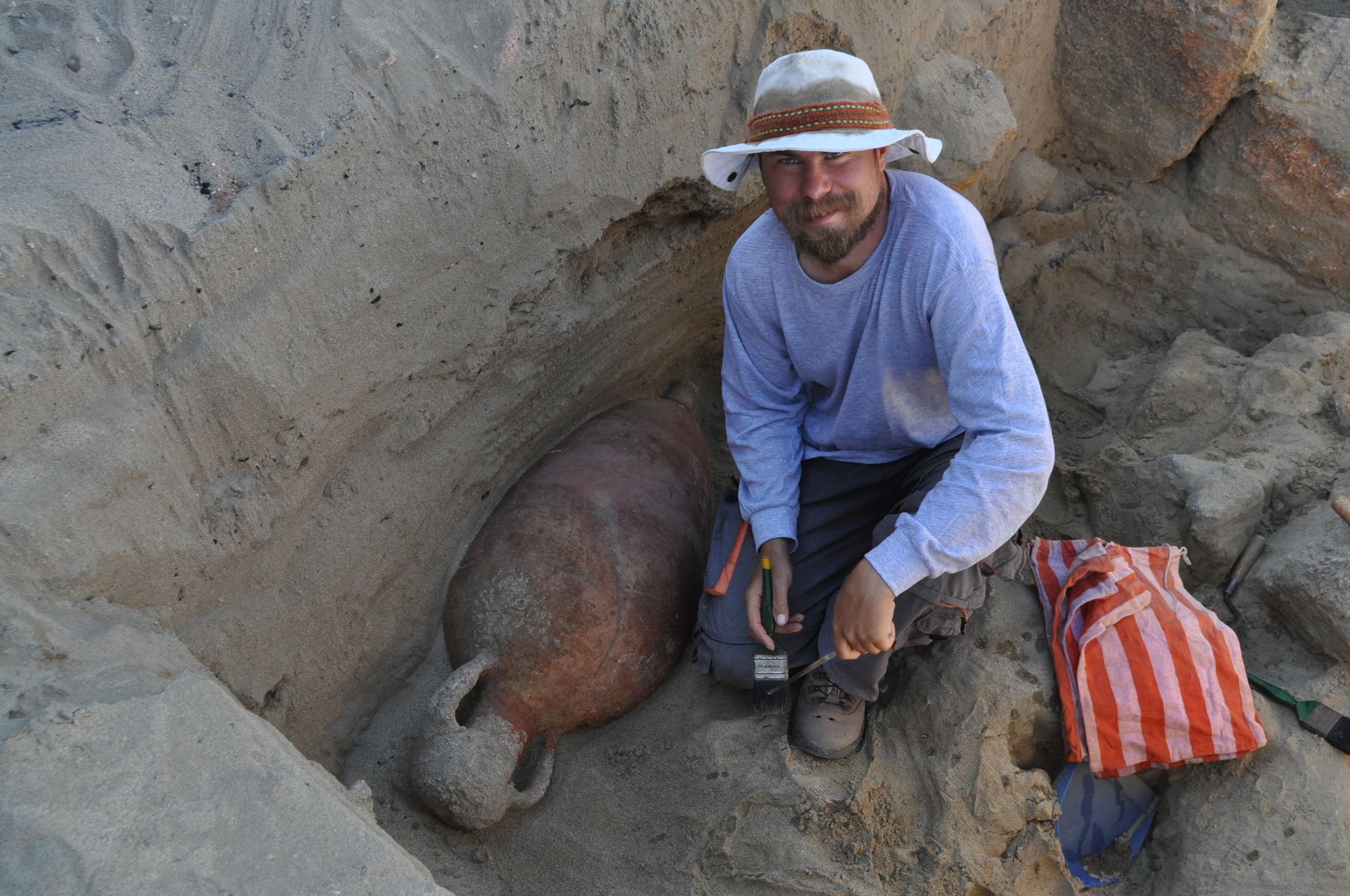
Archaeologist Marek Woźniak sits with a completely preserved amphora discovered during 2014 in the fill of the gatehouse.
Gatehouse
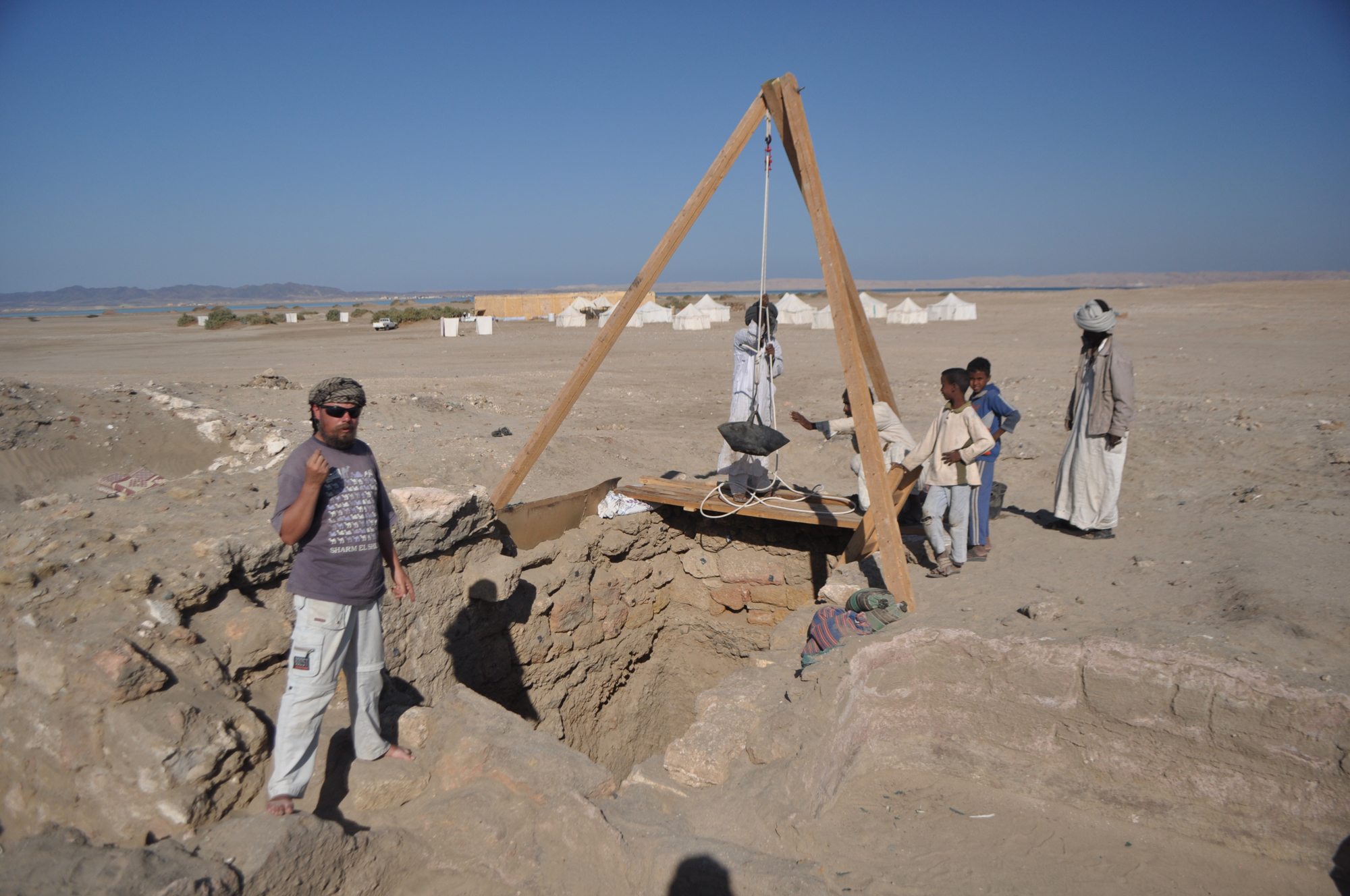
Here, researchers excavate and explore the gatehouse in 2015.

Owen Jarus is a regular contributor to Live Science who writes about archaeology and humans' past. He has also written for The Independent (UK), The Canadian Press (CP) and The Associated Press (AP), among others. Owen has a bachelor of arts degree from the University of Toronto and a journalism degree from Ryerson University.










